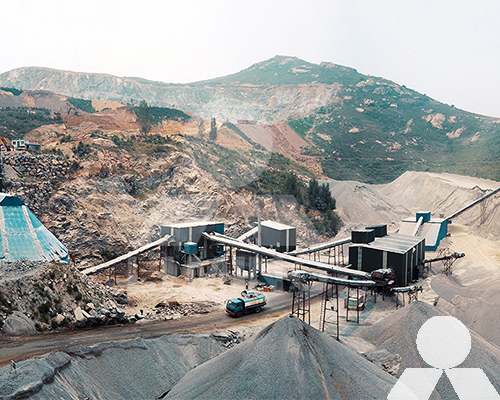Kaolin calcination and extraction machinery flow chart
Kaolin is a white, soft, clay mineral composed of hydrous aluminium silicate. It is a major component of china clay, which is used in a wide variety of applications, including papermaking, ceramics, and paints.
The calcination and extraction of kaolin is a complex process that requires a variety of machinery. The first step is to crush the kaolin ore into a fine powder. This powder is then fed into a calciner, where it is heated to a temperature of 500-600 degrees Celsius. This process converts the kaolin into an amorphous form that is more easily extracted.

The calcined kaolin is then fed into an extractor, where it is mixed with an alkaline solution. The alkaline solution dissolves the alumina from the kaolin, leaving behind a residue of silica. The alumina-rich solution is then filtered to remove the silica residue.
The filtered alumina solution is then concentrated by evaporation or crystallization. The concentrated alumina solution is then dried to produce a white powder that is known as kaolin.
The following is a flow chart that illustrates the calcination and extraction of kaolin:
Raw kaolin ore Crusher Fine kaolin powder Calciner Amorphous kaolin Extractor Alumina-rich solution Filter Alumina solution Evaporator or crystallizer Concentrated alumina solution Dryer Kaolin powder
The specific machinery used in the calcination and extraction of kaolin will vary depending on the scale of the operation and the desired purity of the kaolin. However, the basic steps of the process are the same.
Crushing
The crushing of kaolin ore is typically done using a jaw crusher or a cone crusher. These crushers reduce the ore to a fine powder that is suitable for calcination.
Calcination
The calcination of kaolin is typically done in a rotary kiln or a fluidized bed furnace. The kiln or furnace is heated to a temperature of 500-600 degrees Celsius, and the kaolin powder is fed into the heated chamber. The heat causes the kaolin to convert to an amorphous form that is more easily extracted.
Extraction
The extraction of alumina from kaolin is typically done using an alkaline solution, such as sodium hydroxide or potassium hydroxide. The calcined kaolin is mixed with the alkaline solution, and the alumina dissolves into the solution. The silica residue remains behind.
The alumina-rich solution is then filtered to remove the silica residue. The filtered solution is then concentrated by evaporation or crystallization.
Drying
The concentrated alumina solution is then dried to produce a white powder that is known as kaolin. The drying can be done using a spray dryer, a drum dryer, or a belt dryer.
The calcination and extraction of kaolin is a complex process that requires a variety of machinery. The specific machinery used will vary depending on the scale of the operation and the desired purity of the kaolin.









